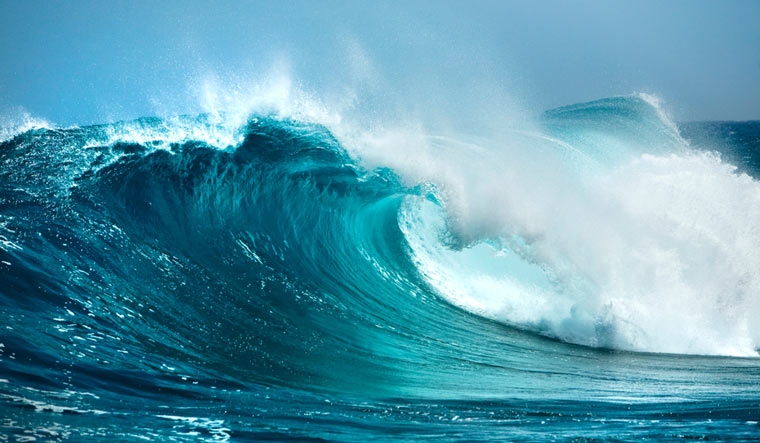At coastal locations globally, heatwaves accompanied by an extreme sea level rise in the short-term have significantly increased between 1998 and 2017, with the tropics seeing a "pronounced increase", according to new research.
Hot and humid conditions in the tropics could be associated with the increased occurrences of such 'Concurrent Heatwave and Extreme Sea Level', or a CHWESL, event, as these regions are also found to be at a higher risk of such events, researchers hypothesised.
Such events could be made up to five times likelier by 2049 if carbon emissions globally continued at the current rate, they said.
People living in low-lying tropical islands, such as those in the Caribbean, Pacific, and Southeast Asia, are "far more likely" to be harmed by CHWESL events, because of lower incomes and lack of adaptation strategies in these developing regions, the authors said in their study published in the journal Communications Earth and Environment'.
These countries also contribute significantly to the global population, 40 per cent of which (3 billion) is estimated to be living in these regions, which are "hotspots" for CHWESL events, the authors from The Hong Kong Polytechnic University, China, said.
This can further increase exposure risk and worsen the vulnerability of communities living in these regions to CHWESL events, the authors said.
Their findings showed that close to 40 per cent of the coastal areas around the world have experienced more CHEWSL events in the recent 20 years, with each of these events lasting for an average of more than 3.5 days.
The authors also found that if current trends in carbon emissions continue unabated, such CHWESL events could become up to five times more likely between 2025 and 2049.
Over the same time period, coastal areas around the world could see about 38 days each year during which CHWESL conditions would prevail - an increase of 31 days compared to the historical period of 1989-2013, the authors said.
The study is crucial to advancing our understanding of how CHWESL events develop along coastlines around the world, and the findings suggested a "pressing need" to inform adaptation strategies for CHWESL events in the tropics, they said.



